Adjusting to a new city is an adventure full of excitement and challenges. Budapest, with its rich history, impressive architecture and vibrant culture, is no exception. To integrate smoothly, it is essential to know the practicalities, such as currency and transport, as well as understanding the city’s urban structure. This guide provides the basics to start adapting to a new city and tells a little of my personal experience of the 7 days I have been living in this beautiful city.
Common Errors on Arrival
Lack of prior information:

Not knowing the local customs and rules of coexistence can lead to misunderstandings. For example, it is normal in Budapest and Hungary to greet people with a handshake, rather than with two kisses as is common in Spain or Portugal. In addition, it is not uncommon to make a mistake when using public transport. It is important to always validate your ticket when entering, as checks are frequent and the fines for not doing so are high.
Underestimating the Language Barrier:

While many Hungarians speak English in tourist areas, in other places, such as the supermarket near my flat, English proficiency is limited. Therefore, learning some basic Hungarian phrases not only facilitates your daily interactions, but also demonstrates a genuine respect for the local culture. For example, greeting with ‘Jó napot’ (good morning) or thanking with ‘Köszönöm’ (thank you) can make a big difference.
Failure to organise arrival
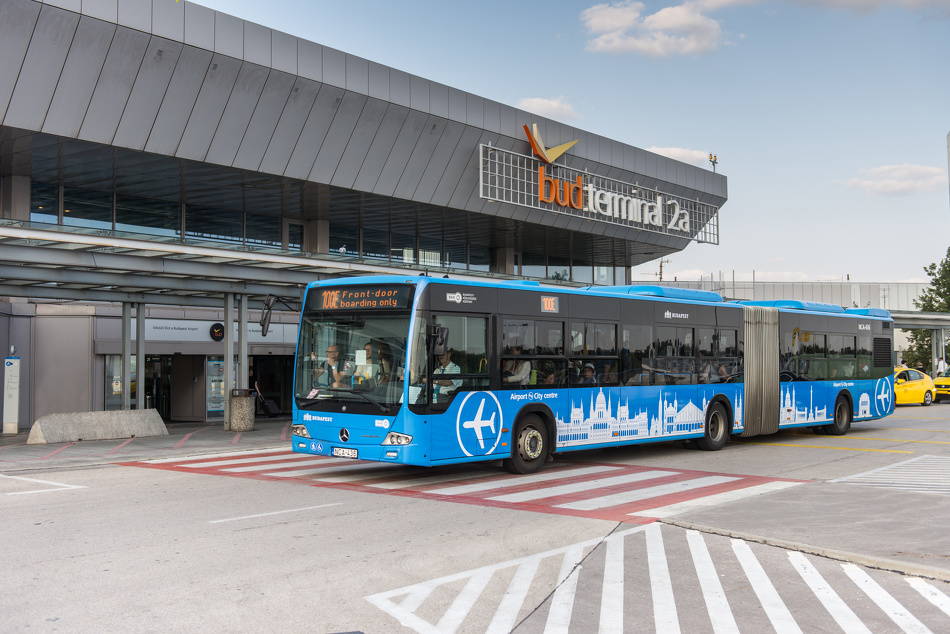
Arriving without a planned route from the airport or station can create unnecessary stress. It is advisable to research the transport options available and have a clear idea of how to get to your accommodation. For example, from Ferenc Liszt International Airport, the 100E bus connects directly to the city centre.
Foreign Exchange and Financial Management
Currency exchange
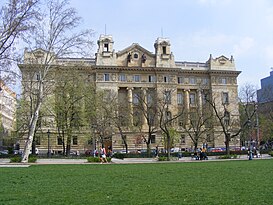
The official currency in Hungary is the Hungarian forint (HUF). Although you can exchange money both at exchange offices and banks, it is advisable to compare rates to avoid excessive fees. Avoid exchanging large sums at the airport or in banks in your home country, as they usually offer less favorable exchange rates. A tour guide recommended that I exchange money at local banks, since many vending machines and exchange offices tend to take advantage of the lack of knowledge about the exchange rate to offer unfavorable rates.
Price of things

Knowing the value of the Hungarian forint is essential for managing your budget and avoiding surprises when it comes time to pay. For those who are not used to the currency, it is very common to use financial apps such as Cashew or just do a quick Google search for conversions. However, what I have found particularly useful is to keep a handy reference in mind: 2000 HUF is equivalent to approximately €5. This not only simplifies price calculations when shopping in markets, restaurants or shops, but also helps to get a clear idea of local purchasing power. So when you see that a coffee costs 800 HUF or a cinema ticket costs around 1500 HUF, you know intuitively whether you’re looking at a bargain or need to adjust your budget.
In this article you can find the experience of a Spanish Erasmus student, talking about the price difference between both countries.
Use of Cards and Cash
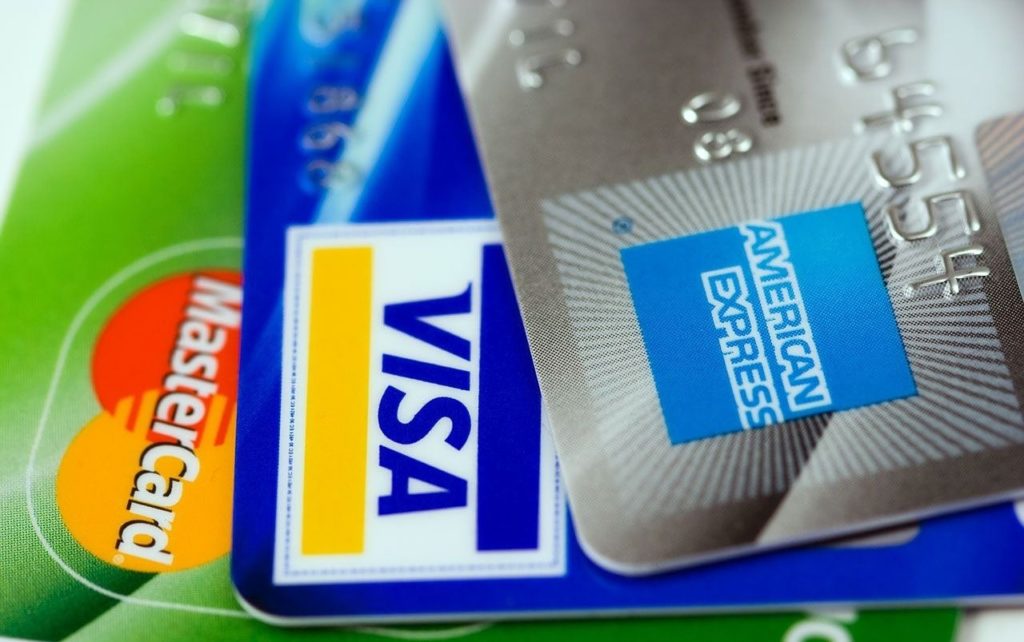
Although credit and debit cards are widely accepted in Budapest, especially in restaurants, supermarkets and on public transport, it is advisable to carry some cash for small shops, local markets or traditional establishments that only accept payment in Hungarian Forints. Some bars and cafés may require a minimum spend to pay by card, so small notes are useful. To avoid problems, inform your bank about your stay in Hungary, as some banks block foreign transactions for security reasons. Also check the fees for foreign currency payments or ATM withdrawals, as some may be high. For best terms, it’s best to use ATMs at local banks or those located in supermarkets and shopping centres. If you prefer to minimise the use of cash, mobile payment apps such as Apple Pay or Google Pay work in most establishments.
Public Transport Operation
Integrated System
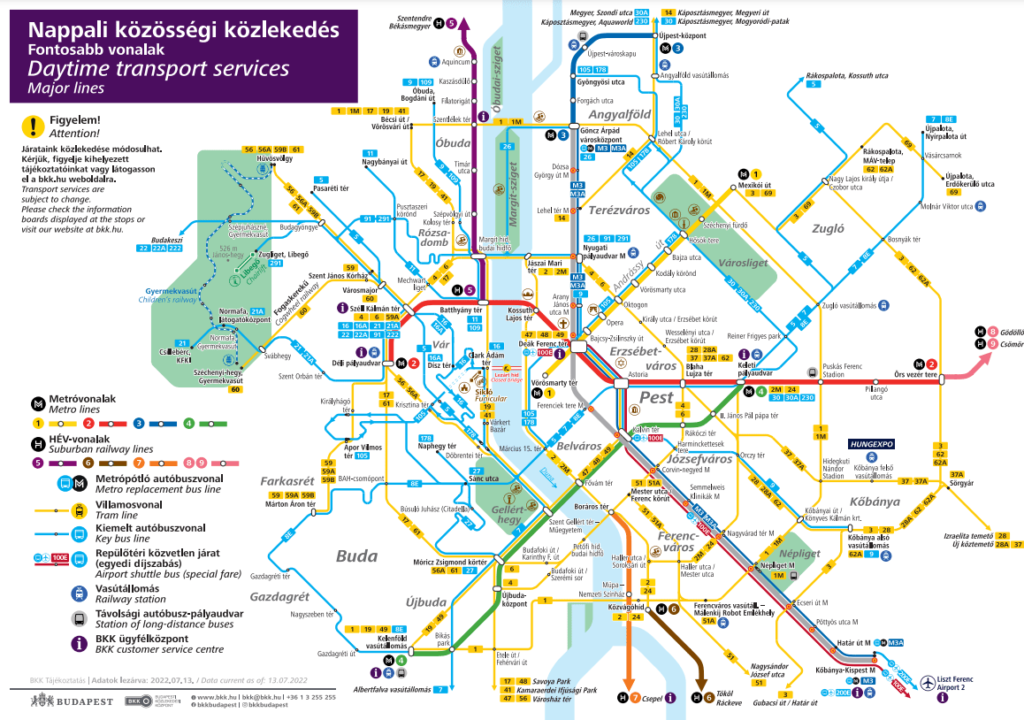
Budapest has an efficient public transport network that includes metro, buses and trams. The metro has four lines connecting the main points of the city, while trams and buses cover more specific areas. I personally haven’t ridden a bus yet, I’ve managed fine with the tram and metro.
In this article you will find all the information about the different forms of transport.
Practical Tips
While Google Maps is useful, we recommend taking advantage of Budapest Go, the official app for public transport in the city. With this app you can consult interactive maps, see timetables in real time and buy your tickets quickly and easily, all in one place. It is important to remember that even though some stations, such as the metro, may not always have security staff, you must validate your ticket when you enter. Ticket inspectors may check it at the end of your journey, and the fines for not doing so are considerable.
Common Mistakes
Not knowing the correct fares or not validating the ticket can result in fines. Make sure you purchase the correct ticket for your journey and duration.
In this article you can find useful information on fares and ticket types for public transport. And this one on alternative means of transport, such as bicycles and electric scooters.
Urban Organisation of Budapest
Urban Organisation of Budapest:
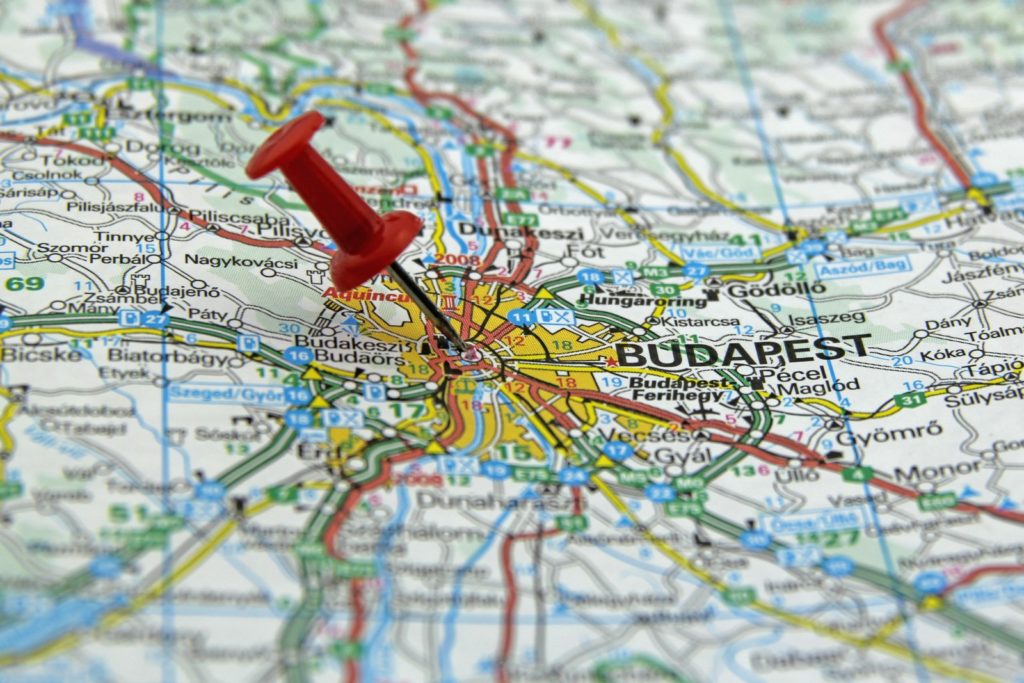
Budapest is characterised by its historical division into two main areas: Buda and Pest, separated by the Danube River. Buda, located to the west, is distinguished by its hilly landscape, quiet streets and more relaxed atmosphere, making it the ideal place to enjoy panoramic views and parks. On the other hand, Pest, located to the east, is the flatter and more dynamic area, where the bustling city centre, offices, shopping malls and a vibrant cultural life are concentrated.
Key Zones and Distribution:
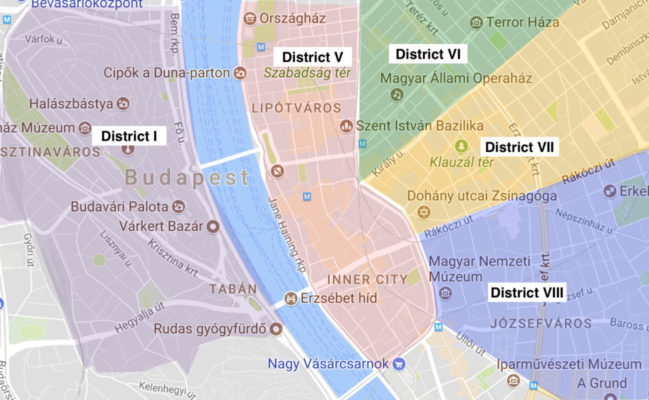
The city has a well-organised layout of residential, commercial and cultural areas. District V, known as Belváros, is the commercial and tourist heart of the city, with streets lined with luxury shops, trendy restaurants and historic buildings that reflect the city’s rich past. In contrast, District VII (Erzsébetváros) is renowned for its alternative and nocturnal atmosphere, noted for its famous ‘ruin pubs’ and an innovative cultural offer that attracts locals and visitors alike.
Urban Planning and Mobility:
Budapest’s urban planning aims to facilitate mobility and the integration of its different areas. Wide avenues and well-connected public transport routes make getting between Buda and Pest quick and easy. Bridges over the Danube, such as the iconic Chain Bridge, are not only historical symbols, but also play an essential role in connecting the two halves of the city. This infrastructure, combined with modern transport solutions and a well-distributed network of urban services, ensures that residents and visitors alike can move efficiently and safely throughout the metropolis.

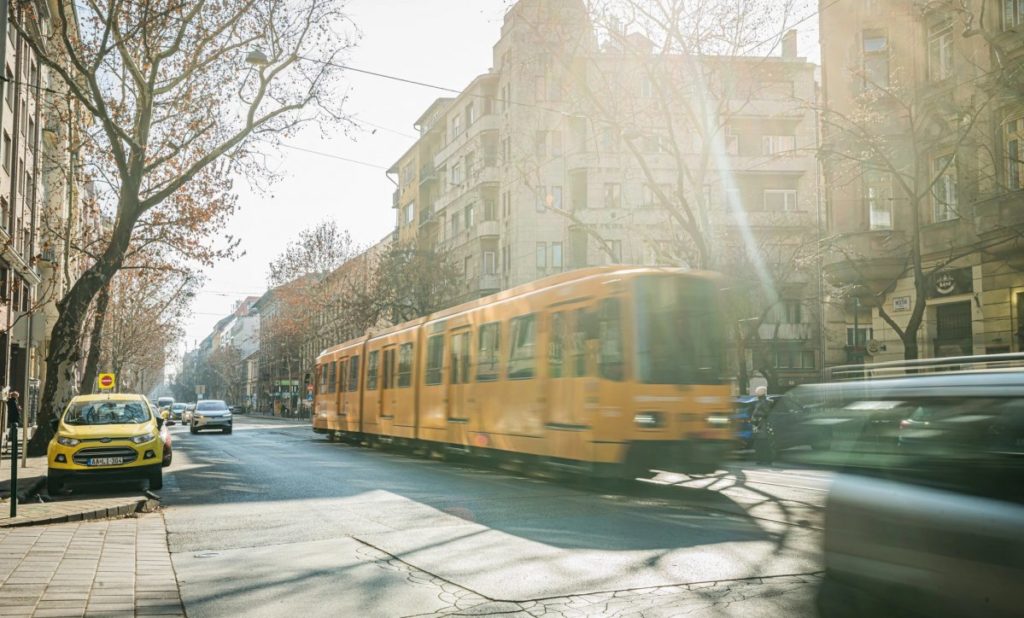
Comments are closed.